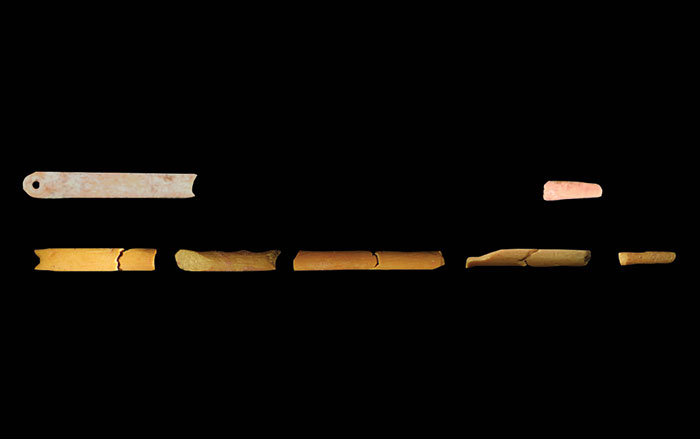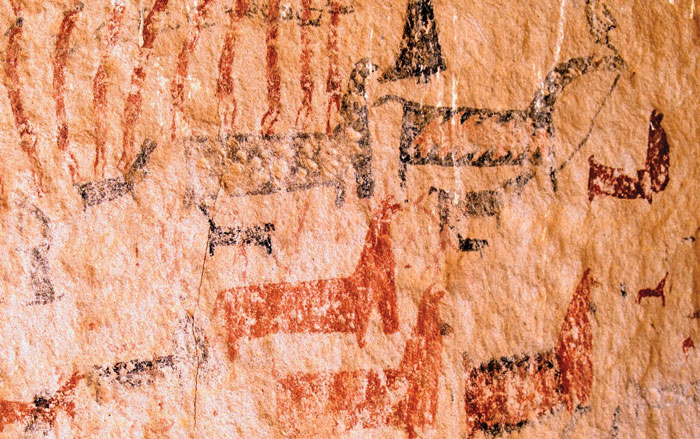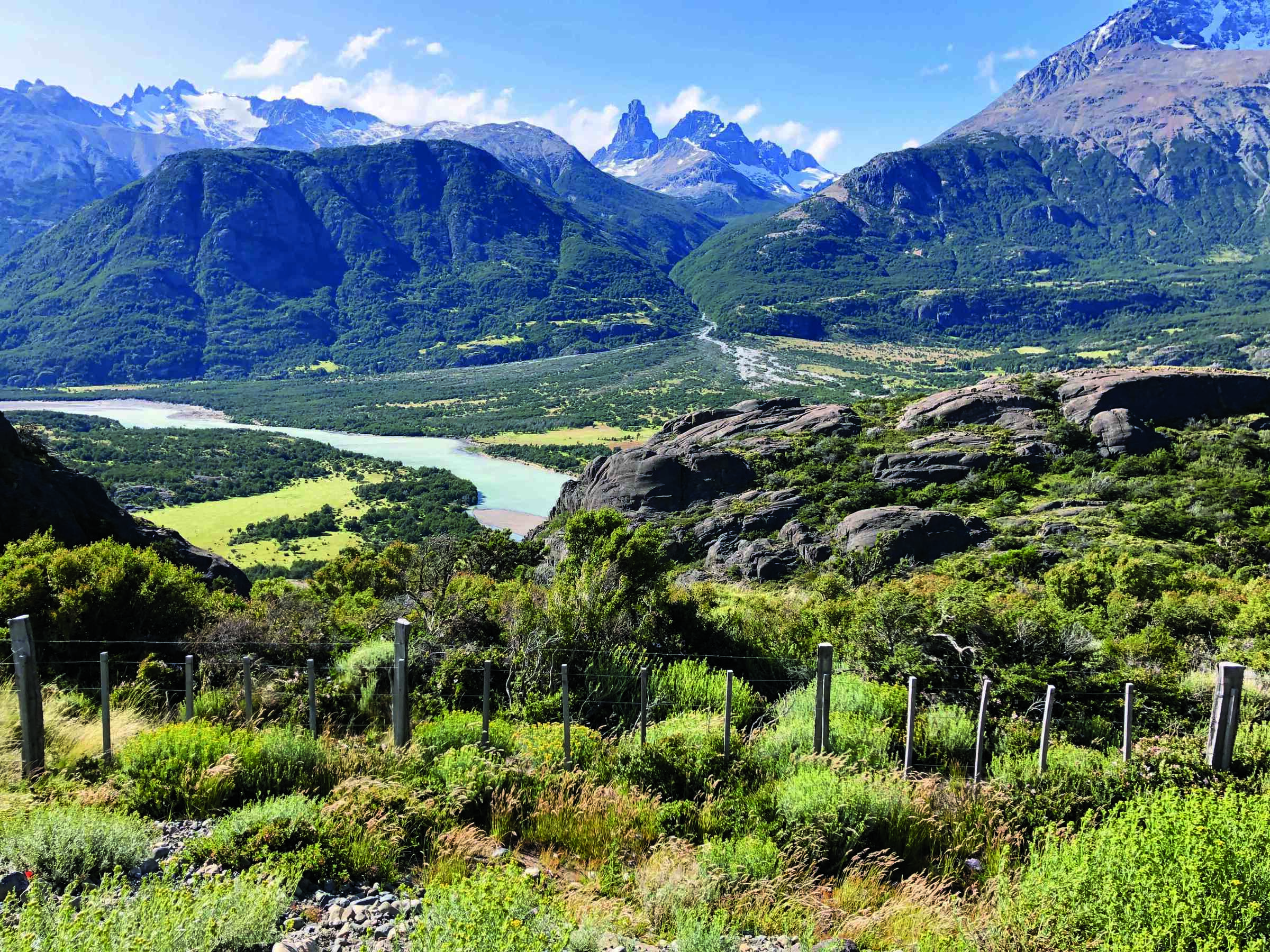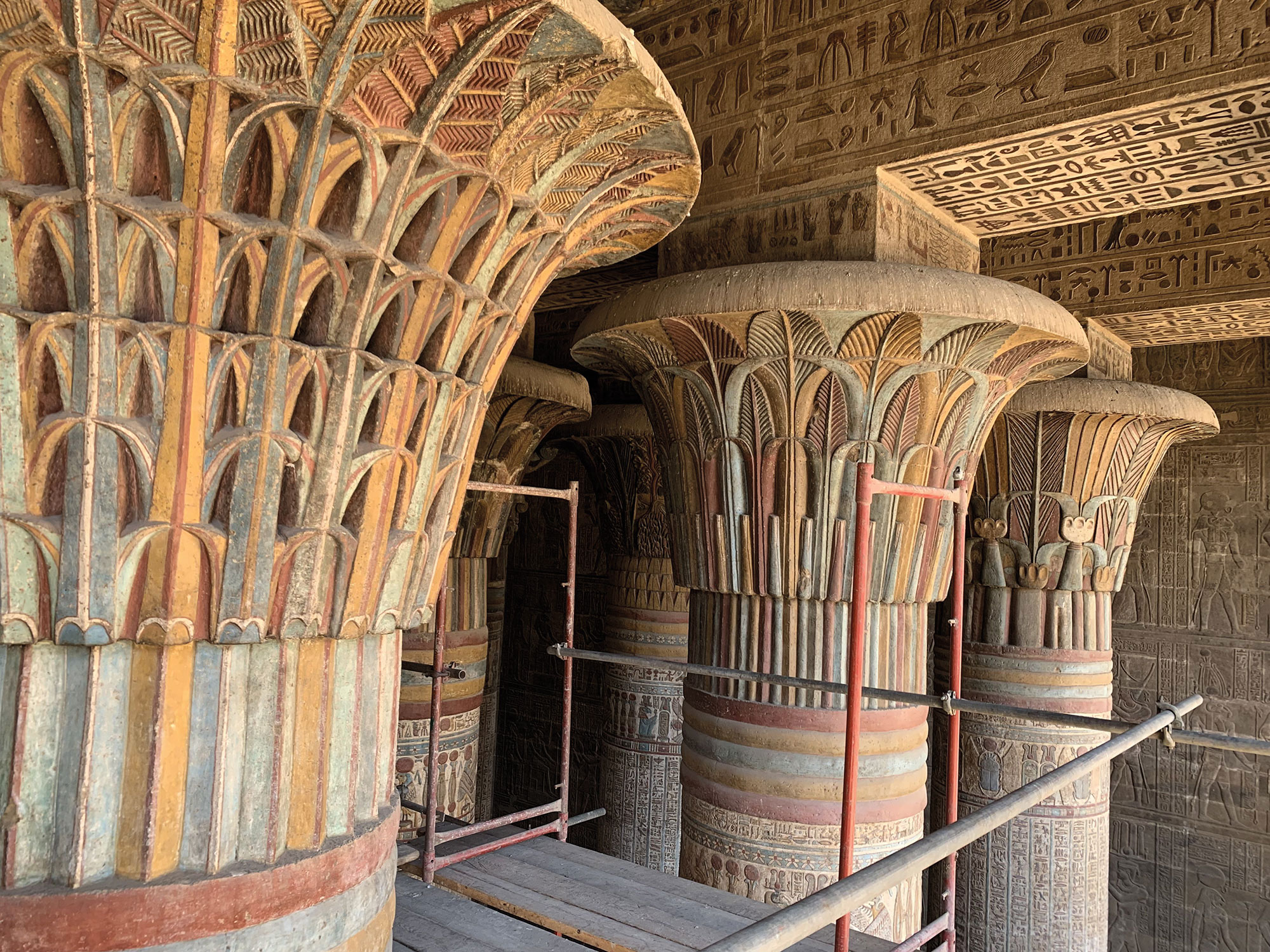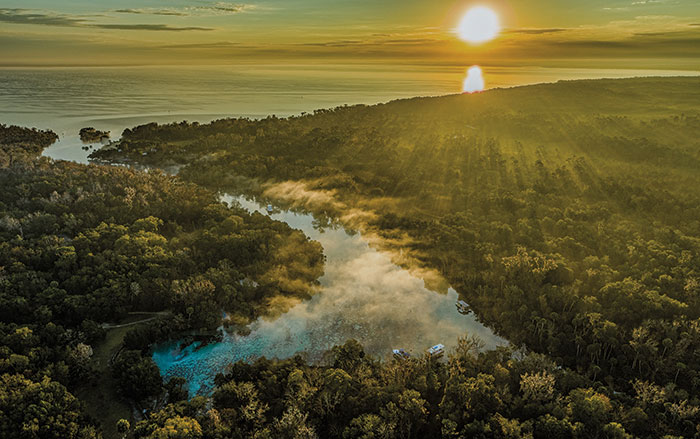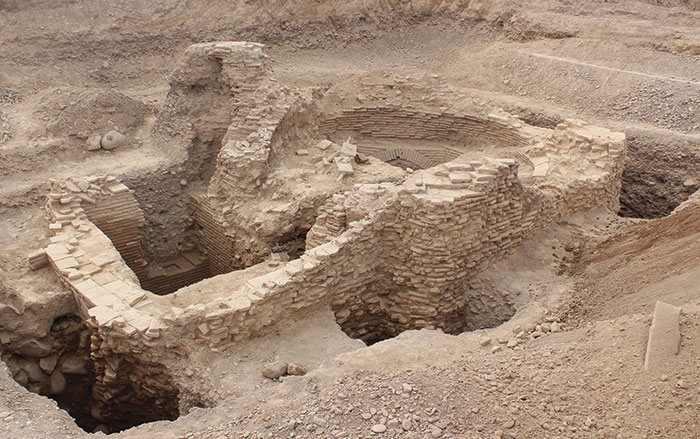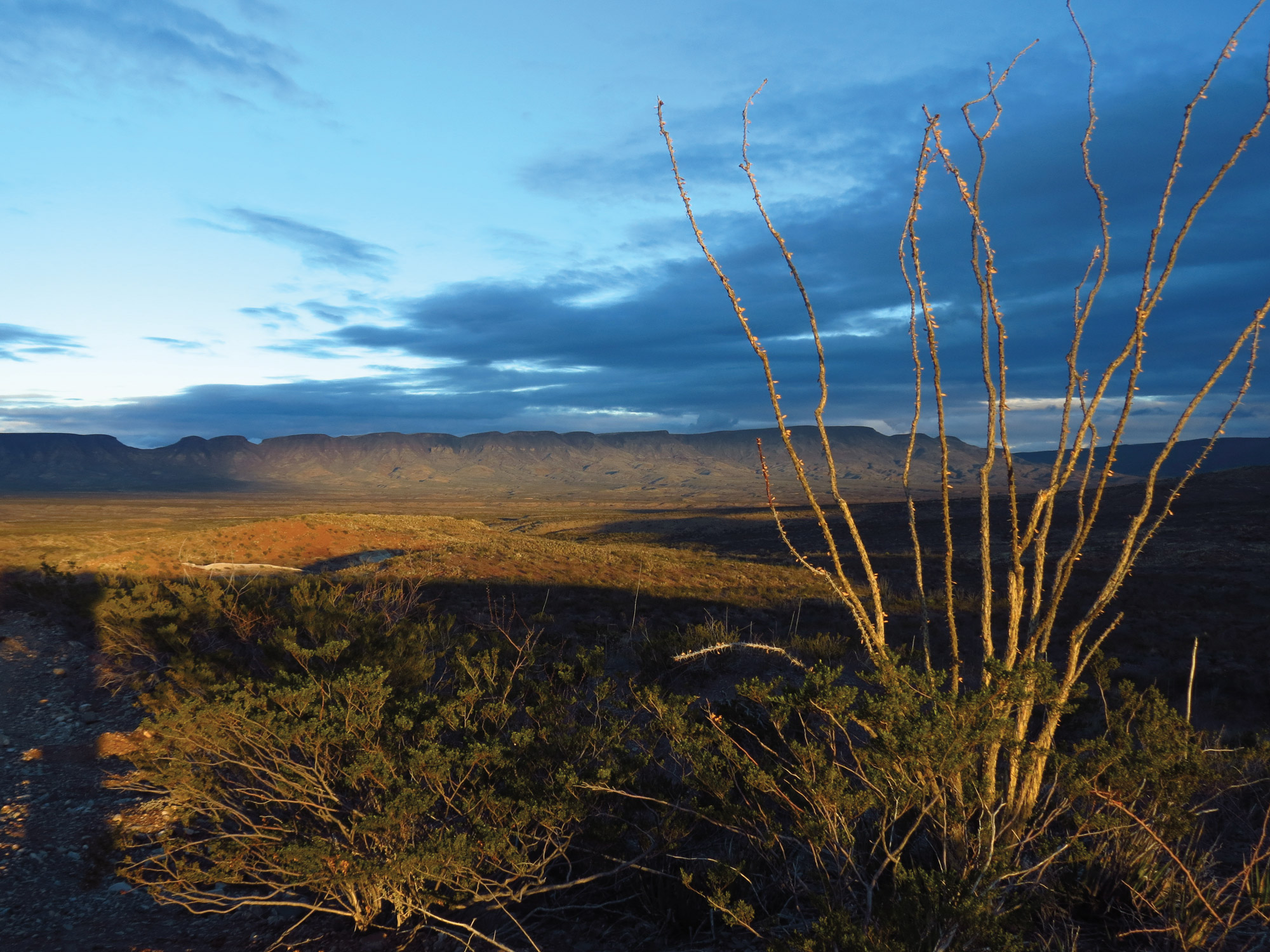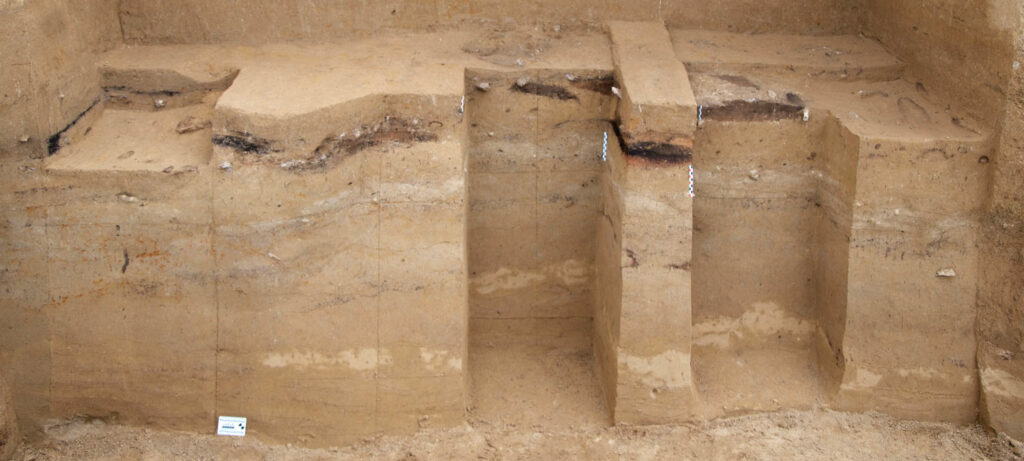
KORMAN’ 9, UKRAINE—Fire has been vital for human survival for hundreds of thousands of years, used by people in cooking, as a source of light, or for making tools. It would have been especially important for warmth during the last Ice Age, but experts know very little about how humans created or controlled fire during this period because so little archaeological evidence survives. However, according to a statement released by the University of Vienna, researchers from the Austrian university and the University of Algarve recently identified three simple flat and open hearths at the site of Korman’ 9 in Ukraine that date to between 26,500 and 19,000 years ago, the coldest period in Ice Age Europe. Innovative geoarchaeological analysis determined that spruce wood was used as the main source of fuel, although animal bone or fat may also have been used. These blazes reached a temperature of 600 degrees Celsius which indicates a sophisticated mastery of pyrotechnics even in the face of extreme environmental conditions. The three fireplaces were different sizes and seem to have been used during different seasons. “People perfectly controlled the fire and knew how to use it in different ways, depending on the purpose of the fire,’ said archaeologist Phillip R. Nigst. Read the original scholarly article about this research in Geoarchaeology. To read more about recent discoveries in Europe dating to this period go to "Ice Age Cannibalism."



